Green by Nature, Vibrant by Design
By now, everybody has heard about sustainable gardening, sustainable business practices and the environmentally conscious movement in general. The two things that surprise me about sustainable practices are that it took so long to catch on this side of the Atlantic and the mind-boggling speed at which it’s spreading now that it has. The green movement seems to be everywhere: in the media, ads, stores and even where you’d least expect it such as oil companies which makes you wonder whether it’s a true company philosophy or simply a marketing gig.
Considering that we’re the original and true green industry and not the “bad guys” who produce greenhouse gases, as some people falsely believe we have a tremendous opportunity and obligation to emerge as leaders in sustainable practices and as stewards for the environment.
But with all the hoopla surrounding it, one can’t blame garden retailers for being overwhelmed and confused about what to do and where to begin. It’s not easy being green, and you don’t have to be a frog to know that. The good news is that green alternatives are there for the asking. It’s not something the market needs to scramble to produce; they are there, tried and true or sometimes new, and you might already have them in your product mix. You just need to capitalize on their green factor and present them in the right light to your customers.
Succulents: the Truly “Green” Plants
Succulents have what it takes to become the poster children for sustainable gardening. What makes them so “green” by definition is their environmentally friendly character. Water conservation is indisputably a hot issue right now, whether because of mandatory water restrictions in light of severe drought or simply out of responsibility to conserve such a precious and limited resource. So a plant that uses little water is pretty much automatically a good plant, but even better are those that don’t lack in color, vivacity and consumer appeal. They’re not only environmentally friendly but also easy to care for and low maintenance, attributes that today’s busy generations appreciate more than ever. Because they are so easy to care for, they appeal to gardening aficionados and people who traditionally don’t garden alike.
Succulents are a perfect fit for today’s busy younger generation, who demand the latest style without all the hassle. Naturally low maintenance, the durability and low water usage of these resilient plants forgive even the most neglectful owners. They are sure to greet globetrotters and hard-working professionals with a splash of green, blue or silver at the end of a long day or an even longer trip. And their water-conserving properties make them environmentally friendly and trendy, sure to be a conversation piece with the flair and individuality they add to the garden or home.
Proving my previous point that one doesn’t have to be green-colored in order to be a “green” plant, they’re available in a range of colors from silver to sand, purple, pink-edged, red-tinged and much more. In addition, they boast leaf designs that run from narrow and pointed to thick and curvy, and even to those with teeth.

Retail Tips
For many lawn and garden retailers, it is understandably confusing how best to position succulents in the store. Fortunately, there is more than one right way. It depends a lot on the region of the country you’re in. Frost-free to low-frost regions can offer them as permanent and durable components for residential and commercial landscapes. They can be environmentally responsible and low-maintenance alternatives in high-water-use areas such as lawns and many annuals beds. Their natural beauty makes them resilient and versatile, and they are sure to be basking in consumers’ favors for a long time.
Areas with heavy frost should promote succulents as seasonal alternatives to high-water-use landscapes. They can be planted each spring, but because of their slower growth, they won’t spread as quickly as some annuals, so encourage your customers to keep that in mind when planning. Alternatively to replanting every spring, especially good-sized specimens can be brought indoors before the first strong frost and be enjoyed as houseplants in winter or year round before returning to the yard in spring.
Some succulents are actually quite frost hardy, even in areas with severe winters, so educate yourself well when you select the varieties that you want to carry, and then you have the option to position them accordingly in your store. All areas of the country can enjoy succulents as easy-care houseplants in various shapes, colors and sizes.
The Next Frontier
Succulents are just the beginning of a movement toward ecofriendly gardening. They are poised to become much more important players in the market and are starting to breach new frontiers already. Green roofs are expected to become much more widespread in the next few years, and what easier plant to use than succulents! So, if you haven’t started adding succulents to your product mix yet, now is the time. And if you’ve been selling succulents all along, you’ve already been doing something very green, even if you weren’t aware of it.
We all need to remember that we are the original green industry, but we also need to toot our own horn much more and apply more environmentally friendly practices to strengthen our position. Because, as Kermit the Frog said:
“It’s not easy being green.
It seems you blend in with so many other ord’nary things.
And people tend to pass you over ’cause you’re not standing out like flashy sparkles in the water or stars in the sky.
I am green and it’ll do fine it’s beautiful!
And I think it’s what I want to be.”


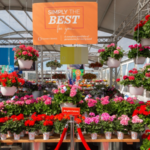

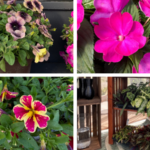

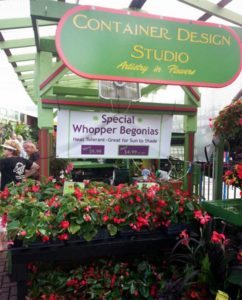
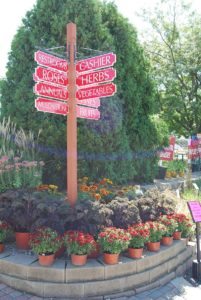
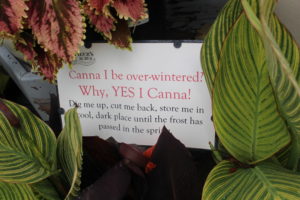
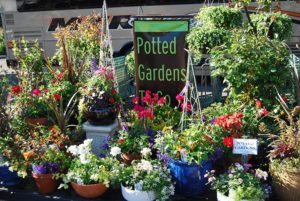
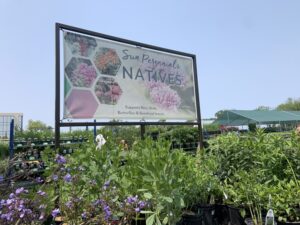
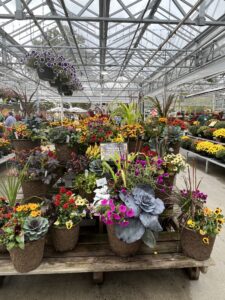


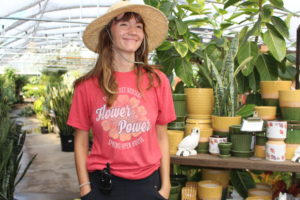

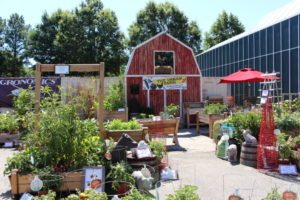
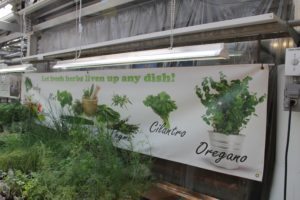
 Videos
Videos





